By MCN Editor editor@moviecitynews.com
ACADEMY ACQUIRES 70,000 VINTAGE PRODUCTION STILLS FROM BISON ARCHIVES
March 29, 2012
FOR IMMEDIATE RELEASE
Beverly Hills, CA – The Academy of Motion Picture Arts and Sciences has acquired more than 70,000 photographs from the Bison Archives, the private collection of renowned film historian Marc Wanamaker, Academy COO Ric Robertson announced today.
The images document nearly every facet of film production between 1909 and the present day, focusing on the first half of the 20th century. Many of these images are the only known photographs of their subjects, including a group of eight behind-the-scenes color images of the filming of the opening sequence of Orson Welles’s 1958 noir classic, “Touch of Evil.”
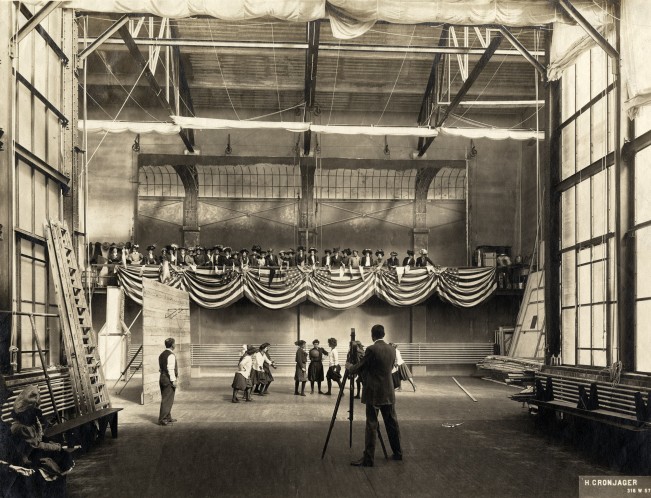
Edwin S. Porter directs A COUNTRY GIRL'S SEMINARY LIFE AND EXPERIENCES, 1908. Interior, Edison Studio, Bronx New York. Henry Cronjager on camera.
“Marc’s dedication to preserving a historic photographic record of our industry has resulted in an extraordinary collection,” said Robertson. “We’re honored to add these images to our to our library’s holdings. His photographs, so many of which focus on behind-the-scenes studio activities, combined with the existing Herrick photographs, will provide unequalled coverage on all aspects of Hollywood filmmaking.”
Bison Archives was named in tribute to the Bison Company, an early motion picture studio (formed in 1909) that produced Westerns featuring Native American casts.
Adding to the more than 10 million photographs in the holdings of the Academy’s Margaret Herrick Library, the collection features rare images from more than 100 major and independent studios, many of which ceased to exist past the 1920s, including Biograph, Edison, E & R Jungle Film Co., Essanay and Vitagraph.
“I felt very strongly that the collection should be with the Academy,” said Cecilia DeMille Presley, who helped the Academy acquire the Bison photographs on behalf of the Cecil B. DeMille Foundation.
Other highlights from the collection include vintage set and location photographs of such legendary directors as D.W. Griffith, John Ford, Alfred Hitchcock, Billy Wilder, Stanley Kubrick and Steven Spielberg, as well as many of their below-the-line contemporaries, including film editor Anne Bauchens, cinematographer Billy Bitzer, art director Ben Carré and costume designer Gwen Wakeling.
Wanamaker began amassing the collection in 1971, as he was researching a book on the history of the American motion picture studios. Over the years, the collection has been used by authors, historians and filmmakers from all over the world for hundreds of books, films, lectures, exhibitions, publications and other scholarly works. “The Herrick is one of the premier archives in the world,” said Wanamaker. “It is appropriate that much of my life’s work will have a permanent home there, including a photo album compiled by Ralph DeLacy, D.W. Griffith’s property master for “Intolerance.”
The photographs in the Herrick Library are preserved and cataloged, and made accessible to filmmakers, historians, students and the public.
# # #
ABOUT THE ACADEMY
The Academy of Motion Picture Arts and Sciences is the world’s preeminent movie-related organization, with a membership of more than 6,000 of the most accomplished men and women working in cinema. In addition to the annual Academy Awards—in which the members vote to select the nominees and winners—the Academy presents a diverse year-round slate of public programs, exhibitions and events; provides financial support to a wide range of other movie-related organizations and endeavors; acts as a neutral advocate in the advancement of motion picture technology; and, through its Margaret Herrick Library and Academy Film Archive, collects, preserves, restores and provides access to movies and items related to their history. Through these and other activities the Academy serves students, historians, the entertainment industry and people everywhere who love movies.
FOLLOW THE ACADEMY
www.oscars.org
www.facebook.com/TheAcademy
www.youtube.com/Oscars
www.twitter.com/TheAcademy
PHOTOS COURTESY AMPAS.
AWARDS PUBLICITY
8949 WILSHIRE BOULEVARD | BEVERLY HILLS, CA 90211-1907
# # #









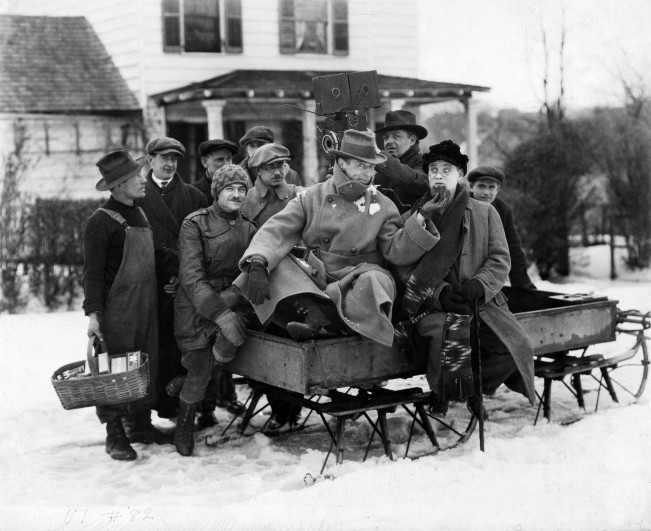
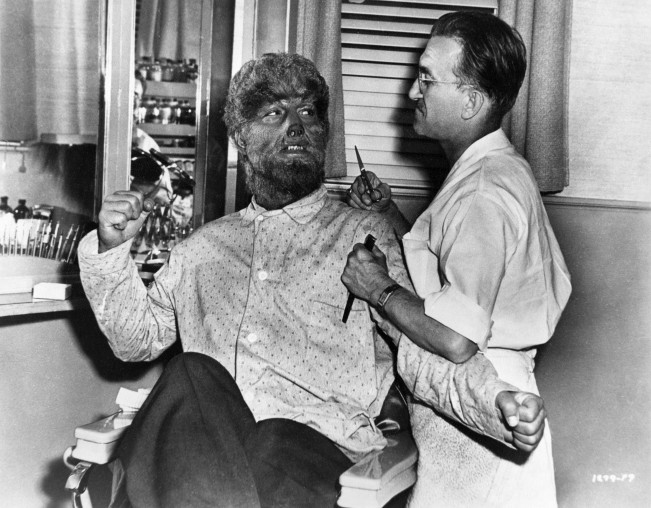
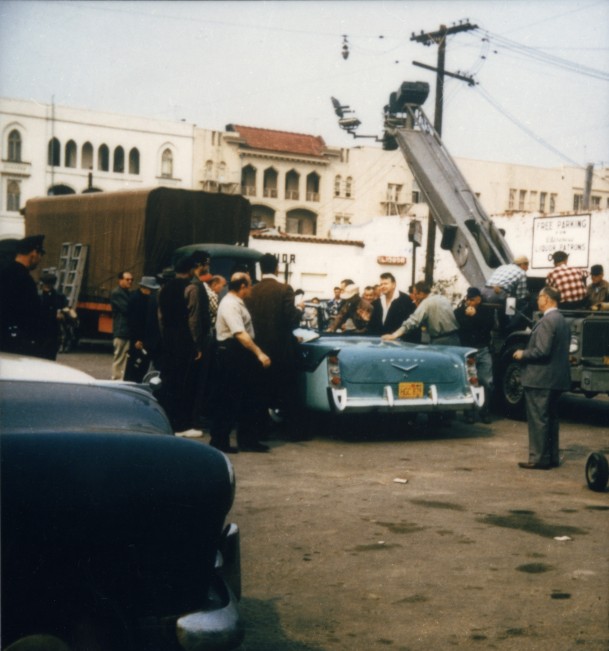
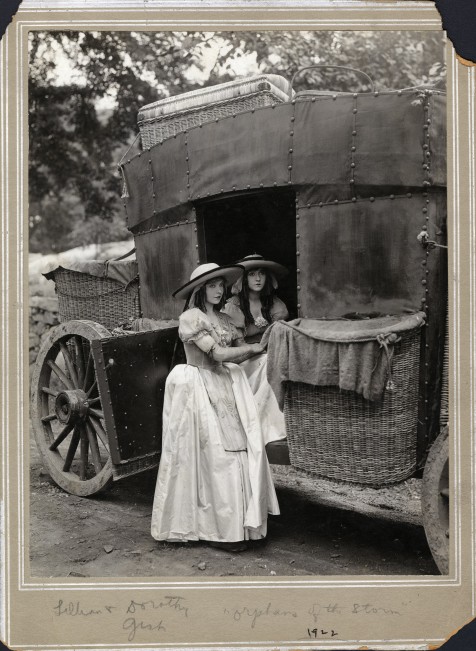





For students of film history such as myself, wonderful news. Thanks to Bison, and thanks to the Academy.
This is a phenomenal acquisition for the Herrick and Academy! Thanks to Marc Wanamaker and Bison for their generosity.
Wonderful. Marc has been a perceptive collector and the collection is exceptionally rich in photos from the early years of Hollywood and other film locations.
The Academy’s acquisition of the Marc Wanamaker collection is not just an extraordinary feat, it is an historical milestone. It is the passing of a unique torch; the safe transfer of arguably the greatest collection of antique and vintage images of Hollywood painstakingly and brilliantly assembled over many years by one of the foremost authorities and historians of this subject. By this generous act, Mr. Wanamaker has ensured that our future generations will be able to see and celebrate the Hollywood of yesteryear and its unyielding influence and magic on our nation and the world. Marc deserves the profound thanks of a grateful industry and public!
The donation of 70,000 sill photographs to the Margaret Herrick Library is typical of the gererosity that Marc Wanamaker has always shown to serious film historians and documentarians over the past twenty years.